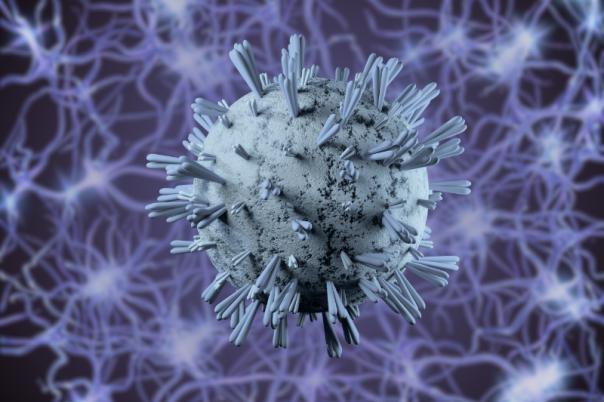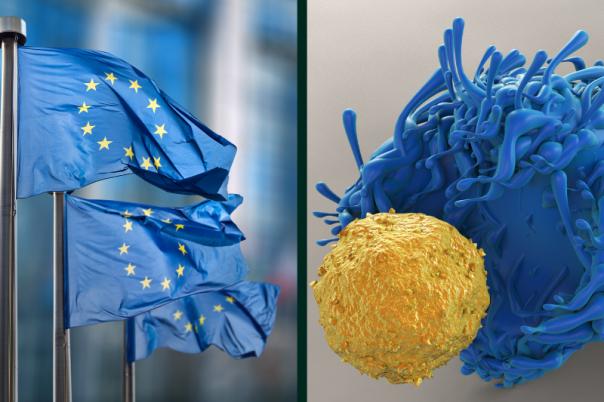After a two-decade long career at the FDA, Chris Middendorf now works at Hogan Lovells as a Senior Director of Technical, Pharma, and Biotech GxP Compliance. His role is in assisting clients through the various stages of the regulatory process. In this presentation, Middendorf provides a high-level overview of the FDA’s regulatory framework for cell and gene therapies
Changing political administrations, particularly in the US executive branch often prompt concern around changing regulatory directions. However, Middendorf stressed that cell and gene therapies enjoy bipartisan support and are subject to discretion from permanent civil service employees.
Just as Brits and Americans may disagree on the name of deep-fried potato side-orders, different regulators will have different terminology for regulatory and compliance standards. However, Middendorf emphasised that the underlying regulatory challenges remain universal and consistent, no matter where you look. “It just doesn't really matter if you call them ATMPs, and FDA calls them CTGTs. We're looking at the same thing. Manufacturers are facing the same issues.”
With this in mind, the biggest concern from industry is unclear regulatory guidelines. Middendorf noted how the FDA in particular are working with other regulatory agencies to address this issue. Many in the space are unaware that the FDA welcomes public comment on all of the draft guidance that it publishes. The FDA must read and respond in aggregate to all of these comments submitted, allowing industry stakeholders to influence regulatory guidelines.
Middendorf then moved on to compliance and inspections. He noted a particularly egregious case of gross GMP violations. Among the many failures of manufacturing practice was allowing rotting food in a manufacturing room, it was so bad scuttle fly larvae on an EM plate. The remarkable part of this case was the fact that this took place in an inspection of a phase II clinical trial – not normally inspected by the FDA.
The presentation ended with a spotlight on AI and its role in regulation. Middendorf pointed out that, unlike past fixations on technologies like blockchain, AI was “not simply a passing fancy.” At the same time however, he stressed that AI assisted regulatory documentation still requires human oversight to ensure accuracy and reliability.





